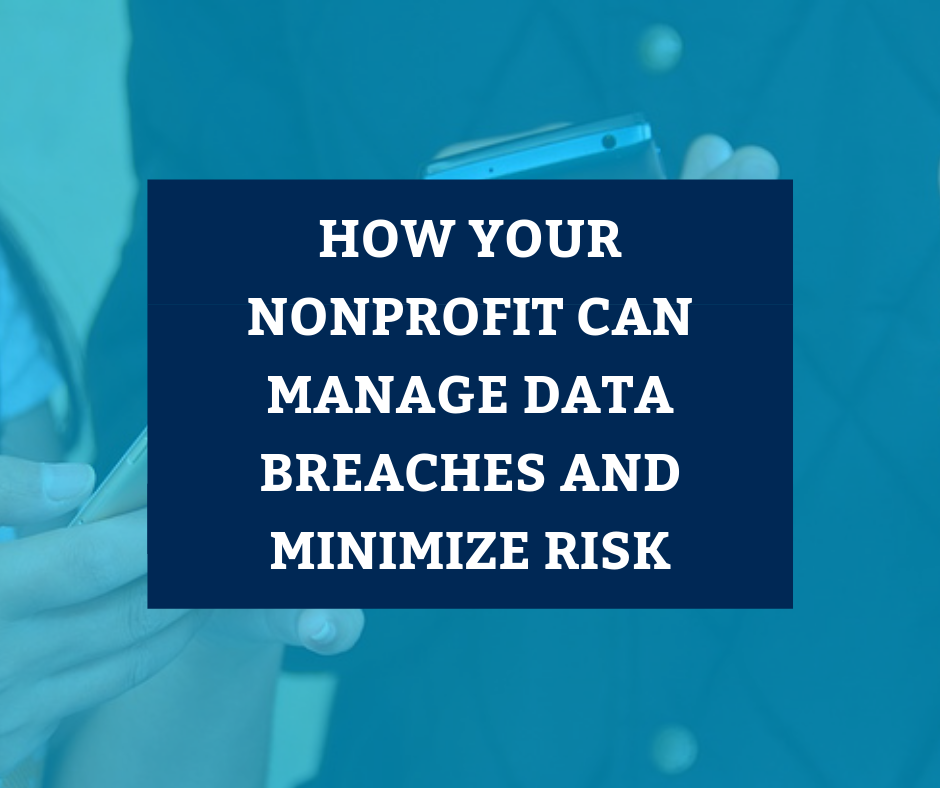Many non-profit professionals find it difficult to ask for money. When asked, they will often reply how uncomfortable it makes them feel or how awkward it is to direct conversation towards the act of asking for a donation. While it would be wonderful if organizations could operate solely on grants and unsolicited donations, the reality is that asking for money is an integral part on any non-profit's budget.
There are 5 things you should always do during a fundraising call:
1. Ask for permission to speak
2. Ask for a specific amount
3. Create a conversation
4. Confirm the pledge accurately and completely
5. Make your constituent feel valued and appreciated
When it comes to fundraising, it is important to have a clear and concise message for each campaign. This kind of planning leads to concise “asks”, which you can tailor to the interests of each prospect. If a prospect talks about how much they loved volunteering at an event last year, ask them for money going back to similar events. If they talk about how much they enjoy volunteering because they like helping kids, ask them for money by telling them a story about a specific child and how a donation could help someone like them. Being able to tailor your asks with the direction of an overarching message gives consistency and an air of professionalism to each discussion with a prospective donor.
Thankfully, a lot of research over the years has been directed towards making fundraising phone calls both efficient and effective, helping the prospect to feel like they are having a natural conversation instead being read a robotic script. Each call should start with a brief introduction, leading to about 3 minutes of rapport and then a transition to the first ask. If the prospect turns down the first ask, the caller should deal with the objection and then transition into the next ask after another minute or two of rapport. This pattern can be continued as many times as necessary and helps to provide a structure to each call, increasing the likelihood of a donation. Remember that there is a fine line between persistence and aggression, so be sure to gauge the response of the prospect after each ask.
While the content of a fundraising call changes depending on the mission of the organization, here is a sample script for a community art non-profit:
Introduction: “Hello! My name is Sarah and I am calling with Community Art Project, how are you doing today?” *Follow this with about 1-2 minutes of niceties*
Rapport: “I’m calling today because I know that you recently attended one of our Community Nights and donated some money while you were there, thank you so much! Every little bit counts and it really means a lot to us - what was it that pushed you to get involved?” *Rapport should take about 3-5 minutes*
Transition: “It’s so good to hear that you really felt connected to the other artists at the Community Night. We really love the camaraderie and creativity that comes from each of our events and are excited to see people taking away a sense of belonging when they leave. We think it is important to keep these events free in order to continue encouraging all types of people to come and share their creativity with us, but it does cost money to rent the space and provide supplies each week.” *The first ask should be based on the things discussed during rapport*
Ask: “In order to help us keep these Community Nights open to everyone so that we can continue creating an atmosphere of inclusivity and community, it would mean so much to us if you could get involved with $50 tonight.” *Make sure you don’t bury the lead - be sure to end this section with the dollar amount instead of leading with it.*
Dealing With the Objection: “I completely understand that $50 is too much for you right now. While larger donations are appreciated, they aren’t always feasible. That is why we often keep these different events running with smaller donations from a multitude of attendees. Each of our Community Nights costs us about $150 to run each week, so we really rely on our community to help us keep the lights on, so to speak.” *It is important to be sympathetic, while reinforcing that any amount wil
Second Ask: “Because of these ongoing costs, it really helps us to be able to plan in advance by getting donations from amazing people like you before the events instead of while they are happening. I know that $50 was a bit too much for you, but if I could get you involved with $25 tonight, that would still truly make such an impact for us!” *You can continue dealing with objections and then following with another ask for as long as seems comfortable to both you and the prospect.*
At Tech Networks, we know that our most important work is to support our amazing non-profit and mission-driven clients as they strive to create change in the world. With that in mind, we hope that this has helped you rethink how your organization asks for money and has given you some fresh ideas in order to hit the ground running during your next fundraising season.

.png)




Leave a Reply